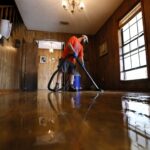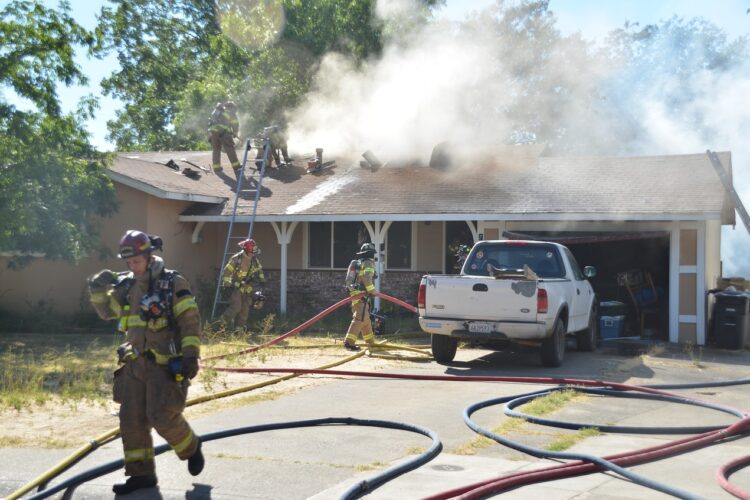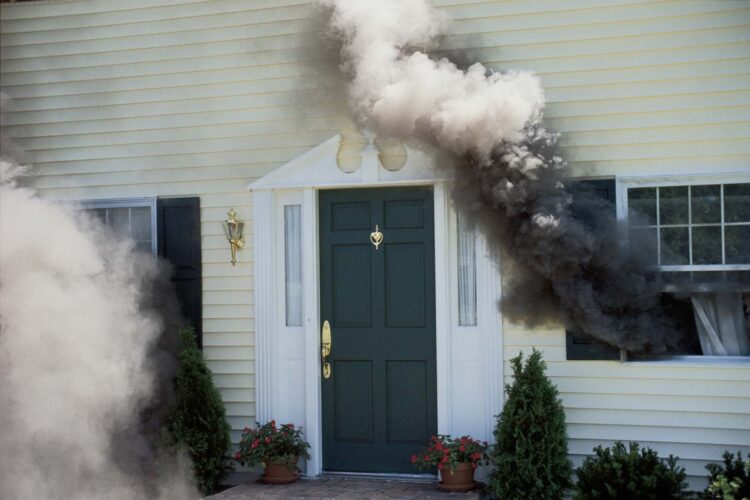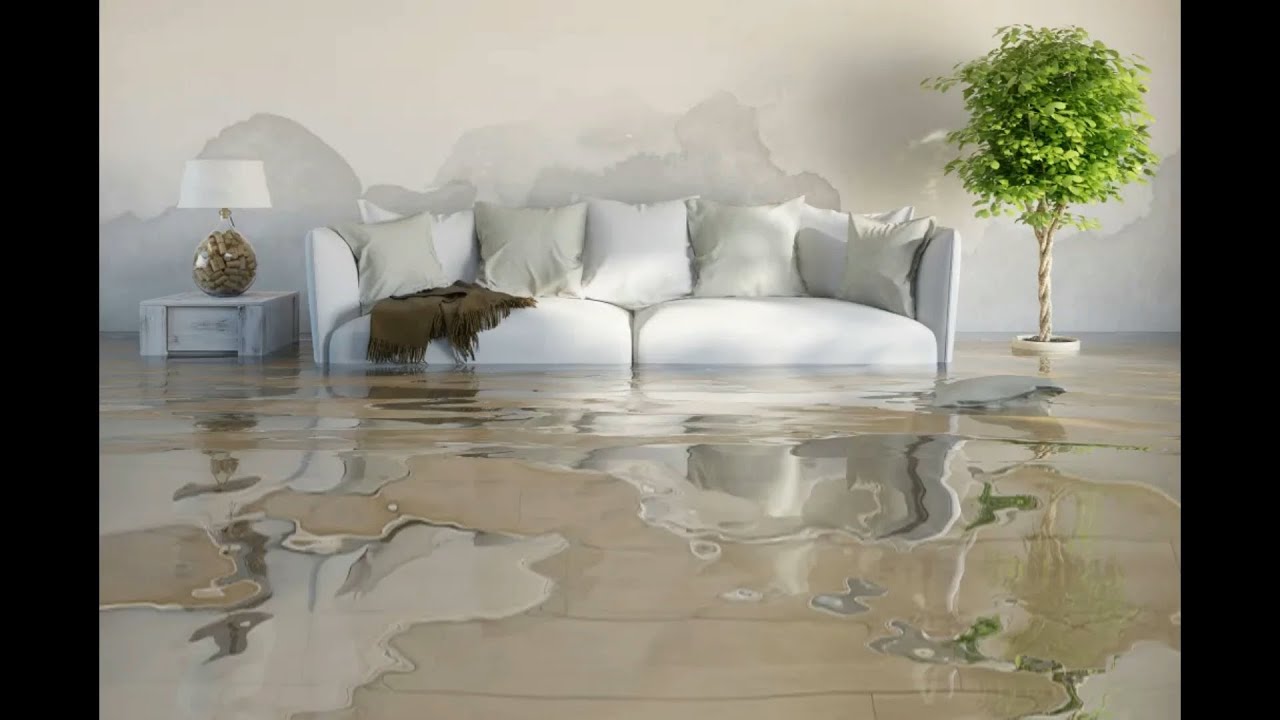
Snow might make winters beautiful and landscape stunning but with the break in winter, snow melts and often results in water damage to the building structures. Also, if it is not regulated, it can percolate into basements, erode foundations, and cause the formation of molds, which are both costly and dangerous. Whether you are a homeowner or a business owner, fast action is the key factor when it comes to reducing losses as well as bringing your property back on track.
Read into five important procedures that you have to take to manage the snow melt water damage restoration in Miami, FL as the following:
1. Assess the Extent of the Water Damage
However, one must first understand the severity of the situation before it is time to clean up and repair. Altogether, understanding the degree of events’ offensiveness enables identifying whether one would be able to manage it on one’s own or if he or she would require the help of others.
Identify the Water Source
- It is important to know if the water invasion was through cracks in the foundation, poor drain around the building or roof leakage.
- If the water and fire damage restoration in Miami, FL is severe or if the water is considered black water, then it is best to call a restoration company for assessment.
Document Everything
- It is advisable to photograph the areas that were subjected to the disaster before you undertake repair and restoration works. These records have analytical importance in cases of insurance claims and aid you in claiming your rightful losses.
- In the case of any business, it is important to note down the issues with the stocks.
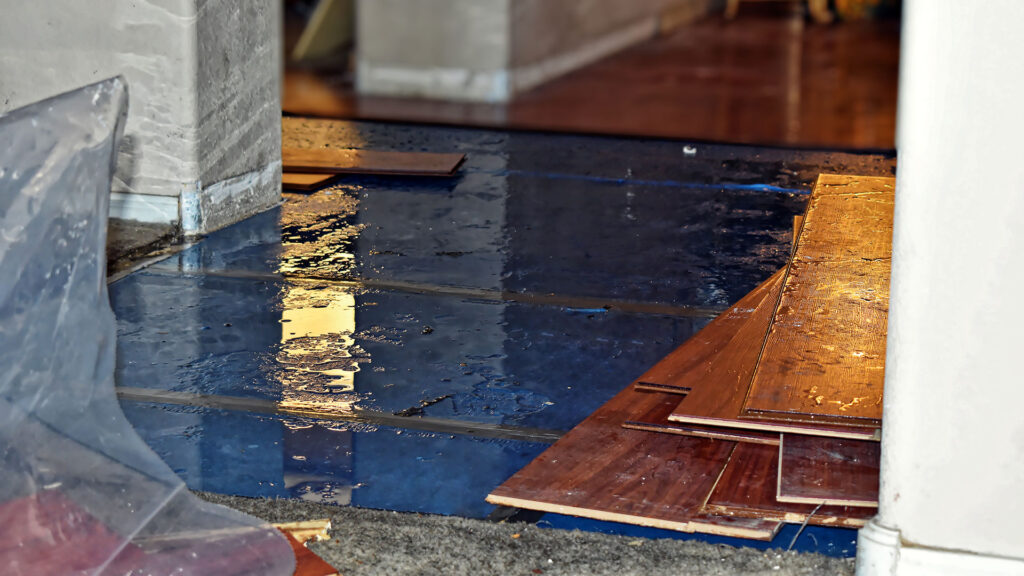
2. Remove Standing Water and Dry the Area Quickly
This step entails taking time to try and drill the amount of damage and then begin the process of eliminating any standing water and ensuring the area is dry as well. With time, water will cause some form of structural damage and possibly mold formation in case it stagnates for long.
Use Pumps and Wet/Dry Vacuums
- If the water gathers up to a certain mark, then employ a sump pump or a wet/dry vacuum to remove the annoyance.
- In case of big affected areas, it is wiser to hire industrial pumps or contract a water damage restoration service provider for faster removal activity.
Improve Ventilation and Dehumidification
- This will ensure fresh air flows through the house to encourage evaporation of humidity by removing furs from doors and windows.
- To drain water out of walls, carpets, and furniture, use fans, air movers as well as dehumidifiers.
- If the occurrence was within a particular business, it is advisable to close off the affected sections to avoid any customers or employees being subjected to dampness.
Dispose of Unsalvageable Items
- Affected areas that are likely to be irredeemable including carpets, insulations, and drywalls affected by water require to be disposed of or dried out.
- In commercial areas, it is necessary to evaluate if the electronic devices or essential papers have been beyond repair.
3. Inspect for Mold Growth and Prevent Future Issues
Mold starts developing within 24-48 hours after water damage has occurred, which makes It dangerous to the health of the inhabitants of a home or building. Mold should be spotted and treated as soon as possible to avert longer damaging effects.
Look for Visible Mold and Musty Odors
- Search for any stains and mold, especially on the walls, ceilings, and carpets and in any corners that may be out of sight.
- One should look for a musky or earthen smell as it might mean that there is mold present even when it is not easily seen.
Use Mold-Resistant Treatments
- If there is mold, one should use a fungicide for mold or clean the area with chlorine or white vinegar.
- For intensive infestation, it is advisable to seek the services of a professional mold removal company to get quality work done.
Prevent Future Mold Growth
- Another measure for controlling would be to ensure that the indoor humidity is below 50% by using dehumidifiers.
- Seal the gaps in the walls, pipes, and windows to reduce the formation of condensation.
- In particular, it is necessary to clean and check more often the places where there is humidity, including basements and bathrooms.

4. Repair and Restore Damaged Structures and Belongings
After removing water and keeping mold at bay, there is a need to restore the affected home or building.
Dry and Clean Salvageable Items
- This can be done by fanning the affected furniture, rugs, and fabric and placing them under the sunlight.
- Sanitize all the areas that were affected by the water in the areas that came into contact with customers such as in the commercial kitchen.
Repair Structural Damage
- Mitigation: remove and replace soaked drywall, floor, and insulation; to avoid deterioration of the elements in the future.
- If your foundation is weakened, it is advisable to increase it or to seal the cracks with the help of a contractor.
Restore Electronics and Important Documents
- In cases where the computer experiences water damage, it is advised to switch off the affected gadget and seek the services of a specialist in electronics.
- For documents, allow them to dry with an air drying method or seek the services of a document restoration expert.
Repaint and Seal Walls
- After the area becomes completely dried up, paint the walls using paint that is specifically made for waterproof or mold resistant.
- Sealants should also be installed around windows, doors, and the walls that submerse into the basement to help prevent the occurrence of leakages in the future.
5. Implement Preventative Measures to Avoid Future Damage
These can assist you in preventing the same issue from arising again in the future thus saving both time, resources, and energy.
Improve Drainage Around Your Property
- Make sure that all the gutters are free of debris.
- Get rid of any soil accumulation so that water discharge gets dispersed
Install a Sump Pump and Backup System
- This will help you get rid of water from the basements.
- It makes a perfect battery backup system to have access to electricity. Especially when the main supply is not available.
Waterproof Your Basement and Foundation
- Seal all the walls that are in the basement by painting them using water-resistant paint and ensure that there is installation of a vapor barrier.
Regularly Inspect and Maintain Your Roof
- You must clear the roof so that there is no ice formation.
- Repair the roof shingles and other broken arrears to ensure that water does not penetrate the structure.
Create an Emergency Response Plan
- As for the water damage, prepare for its treatment and have the restoration company’s phone number at hand.
- The important documents and valuable items should be stored in watertight containers if they cannot be stored in a secure area away from the flood zone.
Final Thoughts
Water damage caused by melting snow is potentially threatening; however, if you act appropriately, you will be safe from such unfortunate incidents in the future. By evaluating the damage and the dangers of water in the building, extracting the water as soon as possible, possible presence of mold, and repairing the damages as well as preventing further damages that may happen, you can help protect your house or your business from extensive damage.
These steps do not only help in immediate remedy of damages but also assist in avoiding more dangers in the future winters. April fooling is just around the corner and we should not wait for the next snowmelt to start the preparation process.

